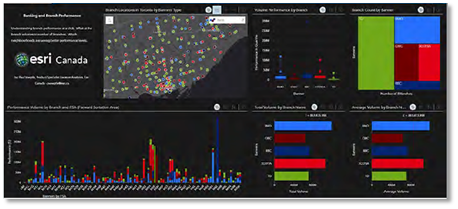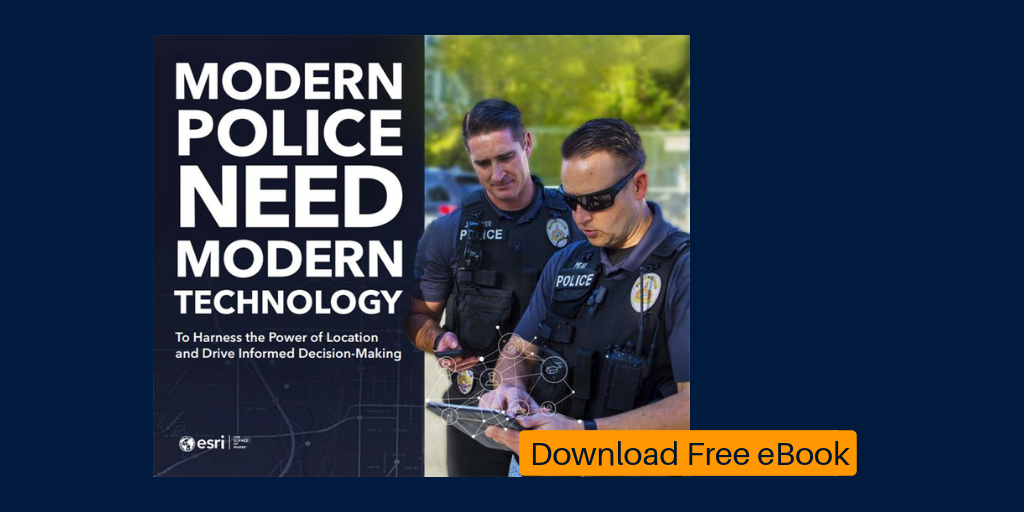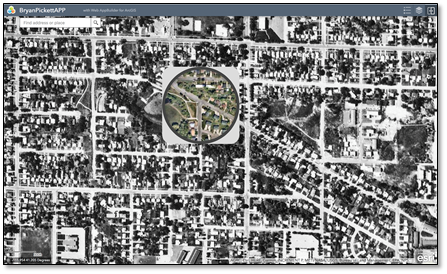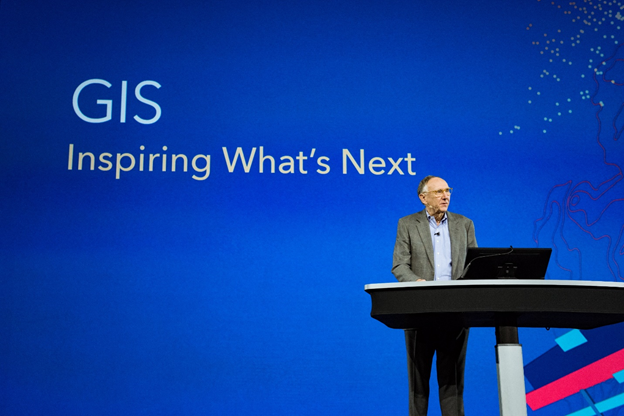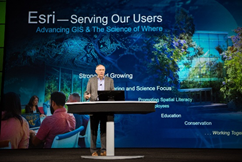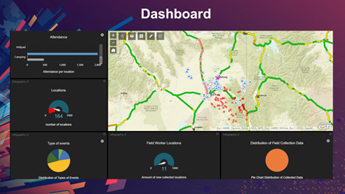Turn on suggestions
Auto-suggest helps you quickly narrow down your search results by suggesting possible matches as you type.
Cancel
Public Safety Blog
Turn on suggestions
Auto-suggest helps you quickly narrow down your search results by suggesting possible matches as you type.
- Home
- :
- All Communities
- :
- Industries
- :
- Public Safety
- :
- Public Safety Blog
Options
- Mark all as New
- Mark all as Read
- Float this item to the top
- Subscribe to This Board
- Bookmark
- Subscribe to RSS Feed
Subscribe to This Board
Other Boards in This Place
68
890.6K
194
Public Safety Documents
59
73K
38
Public Safety Blog
69
52.1K
64
Public Safety Videos
65
19.1K
11
Public Safety Events
67
0
0
Showing articles with label Emergency Communications.
Show all articles
Latest Activity
(64 Posts)
Esri Regular Contributor
02-08-2020
07:32 PM
0
0
3,234
by
Anonymous User
Not applicable
10-22-2019
02:52 PM
0
0
5,088
by
Anonymous User
Not applicable
08-02-2019
09:54 AM
0
0
1,745
by
Anonymous User
Not applicable
03-25-2019
01:40 PM
1
0
1,177
by
Anonymous User
Not applicable
09-12-2018
08:04 AM
1
0
864
Esri Regular Contributor
09-11-2018
01:23 PM
1
0
4,722
Esri Regular Contributor
09-06-2018
03:13 PM
0
0
1,217
by
Anonymous User
Not applicable
07-24-2018
08:22 AM
0
1
1,136
Esri Regular Contributor
02-26-2018
07:49 AM
0
0
841
69 Subscribers
Labels
-
Disaster Response Program
4 -
Disaster- Emergency Management
23 -
Emergency Communications
23 -
Fire-Rescue-EMS
16 -
Homeland-National Security
13 -
Law Enforcement
16 -
Wildland Fire
7
Popular Articles
GISCorps Rallies Hurricane Harvey Response
BrendaMartinez
Esri Regular Contributor
5 Kudos
5 Comments
Hurricane Harvey Assistance One Click Away
BrendaMartinez
Esri Regular Contributor
3 Kudos
0 Comments
Improperly Routed 9-1-1 Calls for Service: A Technological Epidemic
BrendaMartinez
Esri Regular Contributor
3 Kudos
1 Comments
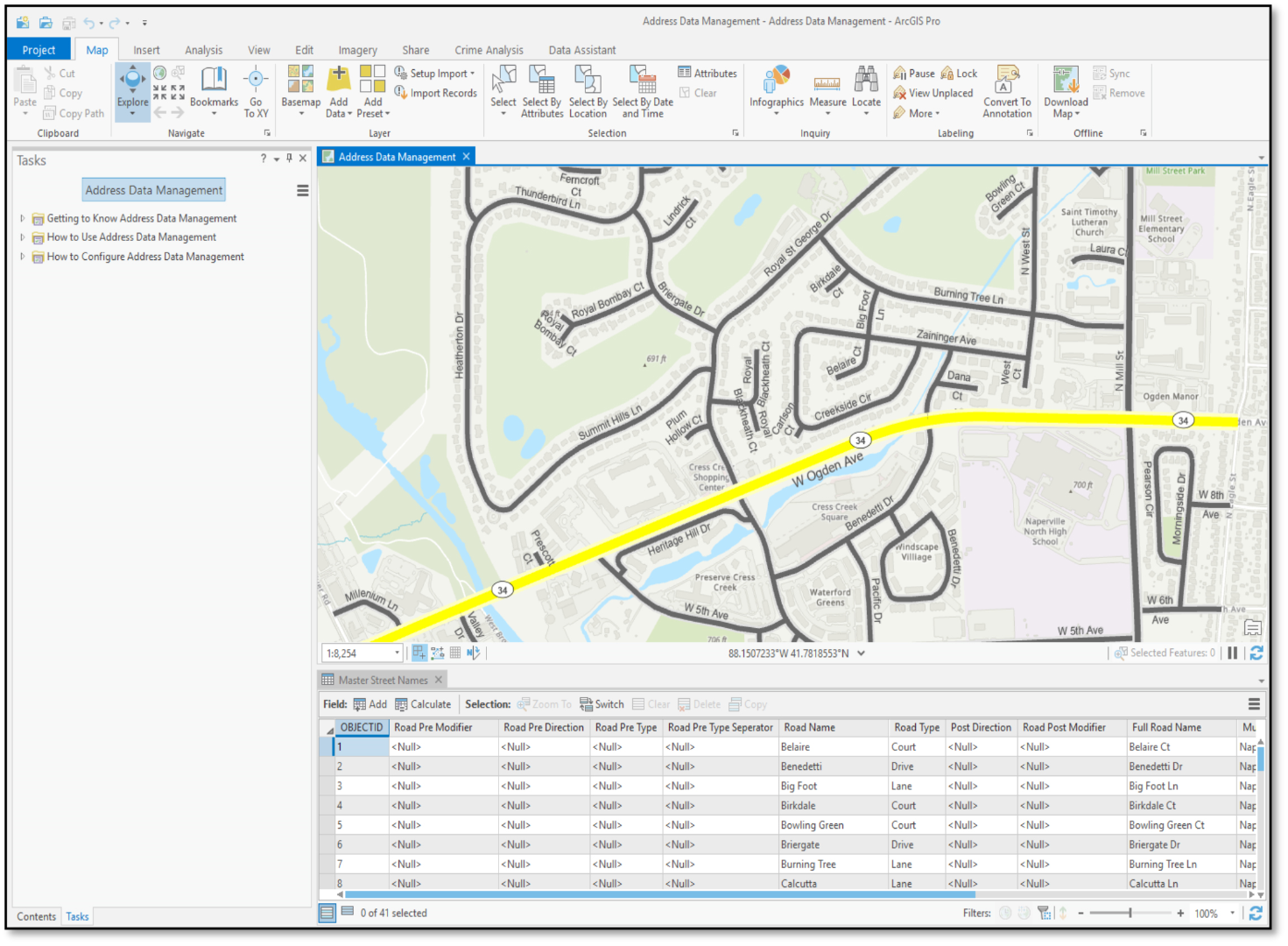
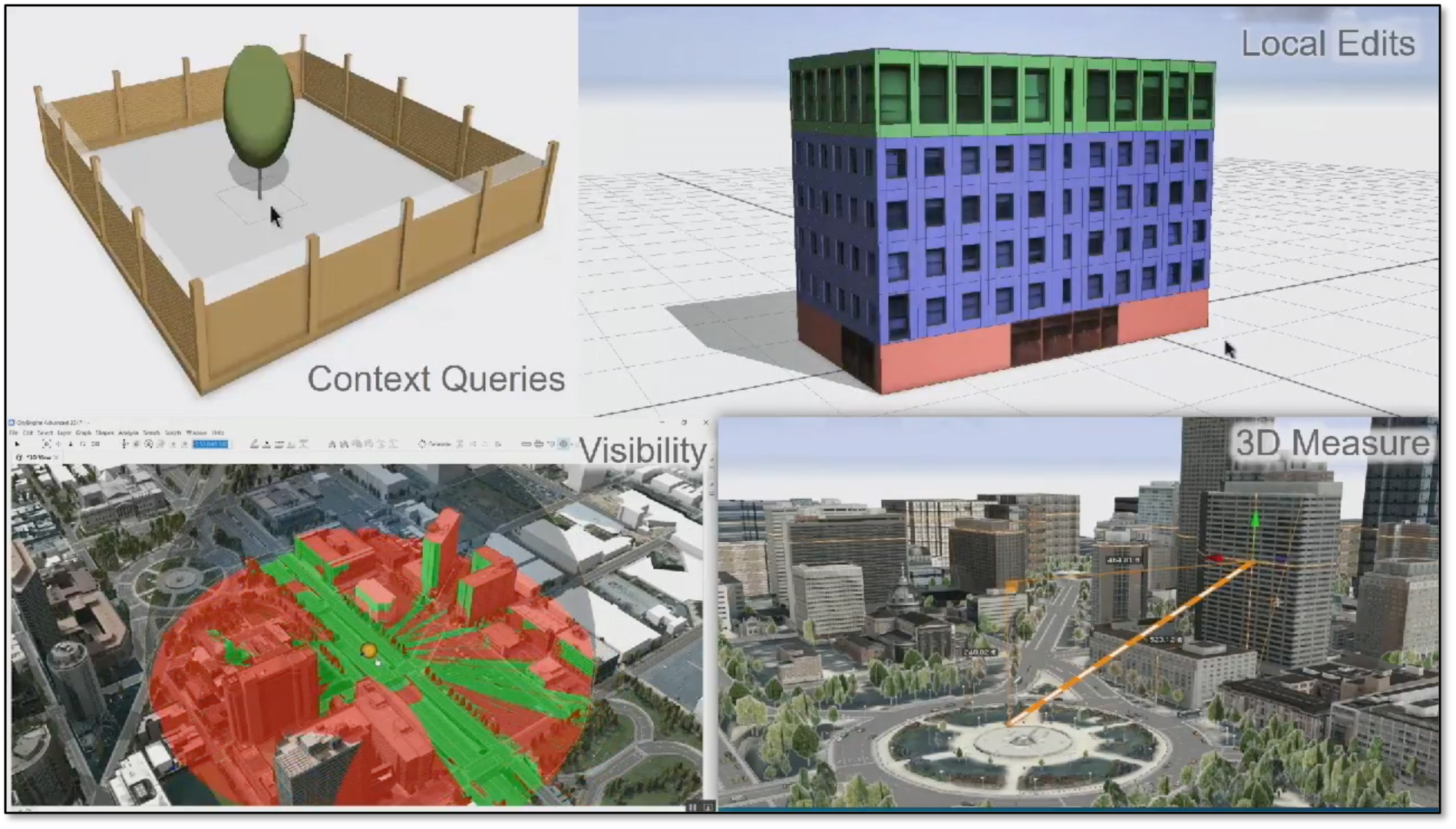

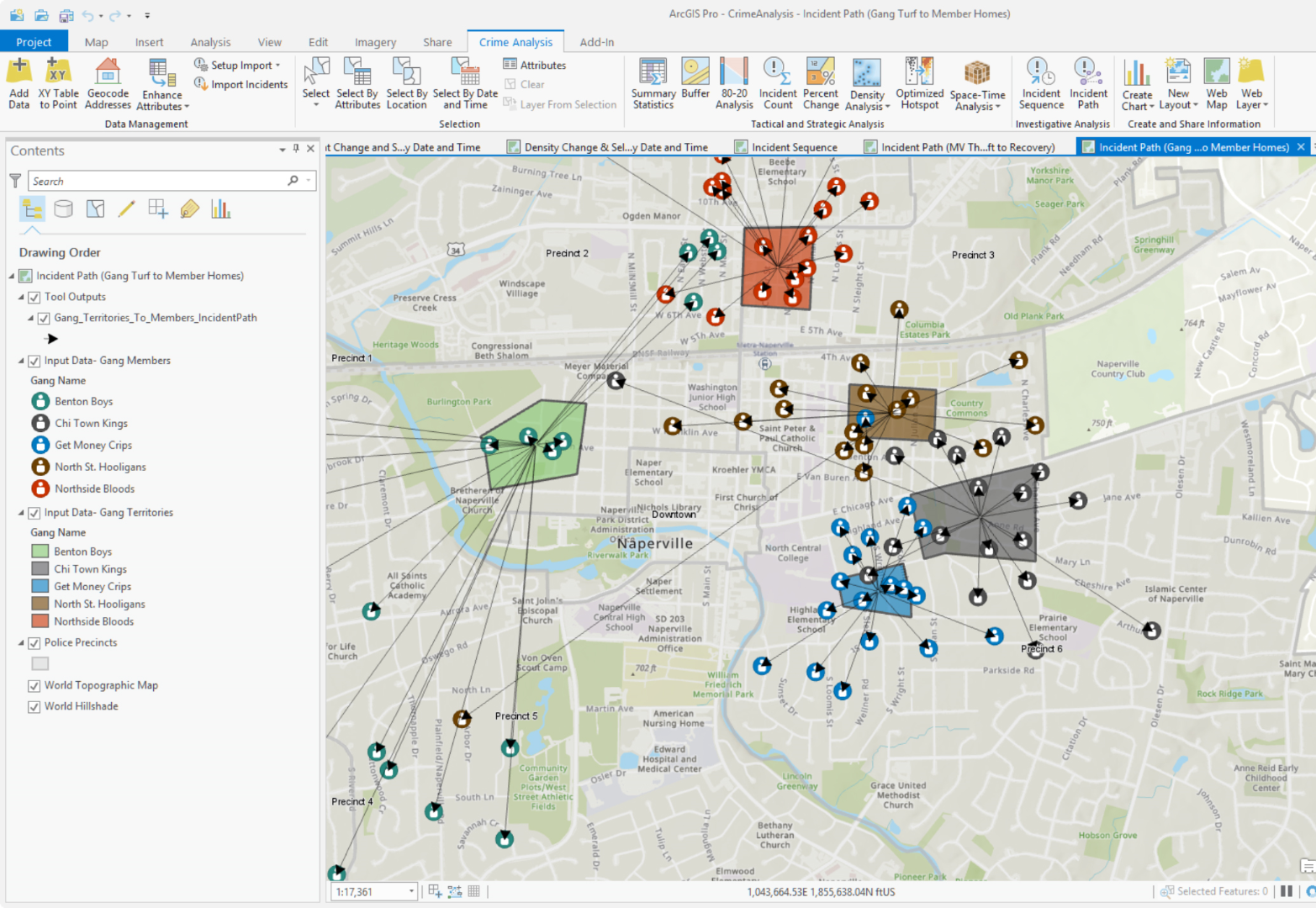



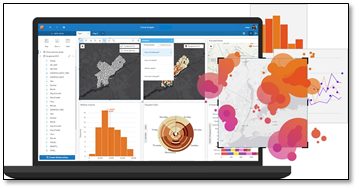 Enhance Business Intelligence Tools with ArcGIS Insights
Enhance Business Intelligence Tools with ArcGIS Insights